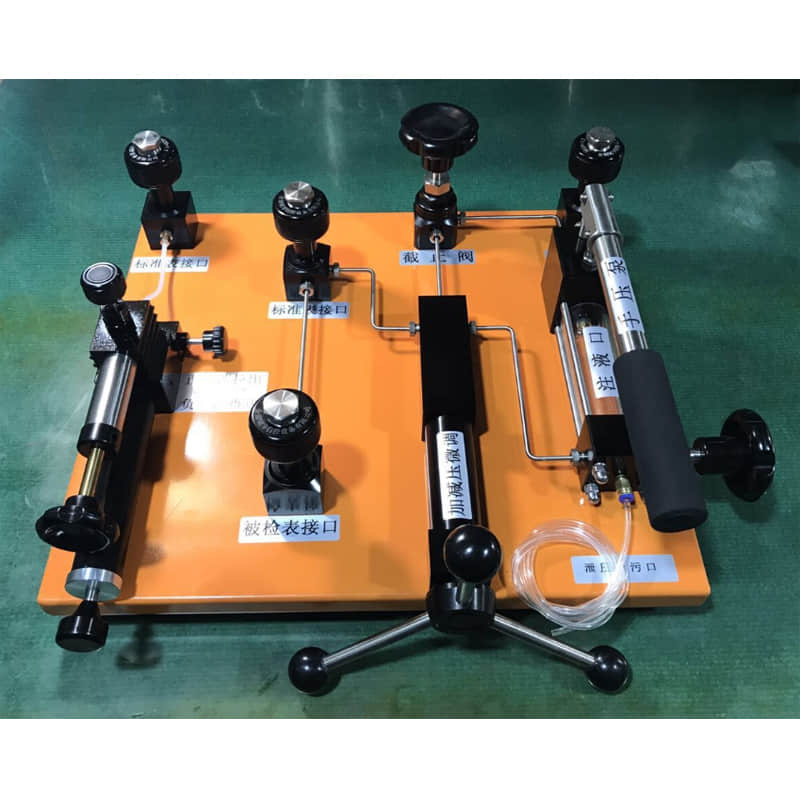Calibration instruments are essential tools in ensuring the accuracy and precision of measurement devices used across various industries, including manufacturing, healthcare, and engineering. Choosing the right instrument is crucial, as it directly impacts the quality and reliability of the measurements you rely on. With so many options available, selecting the best calibration instrument for your needs can be a daunting task. Hongguang Instrument, a leading provider of high-quality instruments, offers insights into how to make the right choice. This article will guide you through the key factors to consider when selecting a calibration instrument and why Hongguang Instrument is a trusted name in the industry.
Understanding Calibration Instruments
Calibration instruments are used to adjust and verify the accuracy of measurement devices such as thermometers, pressure gauges, and electrical meters. They work by comparing the output of the device being calibrated with a known standard. Regular calibration is essential to maintain the integrity of your measurements, especially in industries where precision is critical.
Key Factors to Consider When Choosing a Calibration Instrument
- Type of Measurement:
- The first step in choosing a calibration instrument is to determine the type of measurement you need to calibrate. Calibration instruments are typically designed for specific types of measurements, such as temperature, pressure, or electrical signals. For example, if you need to calibrate a pressure gauge, you will need a pressure calibrator. Hongguang Instrument offers a wide range of instruments tailored to different measurement types, ensuring that you can find the right tool for your specific needs.
- Accuracy and Precision:
- Accuracy is the degree to which the calibration instrument’s measurements match the true value, while precision refers to the consistency of those measurements. When selecting a instrument, it’s essential to consider both factors. Look for instruments with high accuracy ratings and low uncertainty levels. Hongguang Instrument provides calibration instruments with accuracy levels up to ±0.01% and high repeatability, making them ideal for demanding applications where even the smallest error can have significant consequences.
- Range and Resolution:
- The measurement range and resolution of the calibration instrument are also critical factors to consider. The range refers to the span of values the instrument can measure, while resolution indicates the smallest detectable change in measurement. Ensure that the instrument you choose covers the full range of measurements you need to calibrate and offers sufficient resolution to detect minor variations. Hongguang Instrument’s calibration tools offer wide ranges and fine resolutions, ensuring that you can achieve precise and reliable calibrations.
- Ease of Use:
- User-friendliness is another important consideration. Calibration instruments should be easy to operate, even for technicians who may not have extensive experience with calibration. Features like intuitive interfaces, clear displays, and automated calibration procedures can significantly improve efficiency and reduce the likelihood of errors. Hongguang Instrument designs its instruments with the user in mind, offering straightforward operation and comprehensive documentation to guide users through the calibration process.
- Durability and Reliability:
- Calibration instruments are often used in challenging environments, so durability and reliability are essential. Choose instruments that are built to withstand harsh conditions, such as extreme temperatures, humidity, and physical stress. Hongguang Instrument’s instruments are constructed with robust materials and undergo rigorous testing to ensure long-lasting performance in various industrial settings.
- Calibration and Maintenance Support:
- Regular calibration and maintenance of the calibration instrument itself are crucial to ensure its continued accuracy. When choosing a calibration instrument, consider the availability of calibration and maintenance services. Hongguang Instrument offers comprehensive support, including calibration services and technical assistance, to help you keep your instruments in optimal condition.
Product Q&A with Hongguang Instrument
Q1: What types of calibration instruments does Hongguang Instrument offer?
A1: Hongguang Instrument offers a wide range , including pressure calibrators, temperature calibrators, and electrical signal calibrators. Each instrument is designed to meet the specific needs of various industries, ensuring accurate and reliable calibrations across different applications.
Q2: How does Hongguang Instrument ensure the accuracy of its calibration instruments?
A2: Hongguang Instrument ensures the accuracy of its calibration instruments through rigorous testing and quality control processes. All instruments are calibrated against internationally recognized standards, and each unit comes with a calibration certificate that details its accuracy and traceability. Additionally, Hongguang Instrument provides regular calibration services to maintain the precision and reliability of their instruments over time.
Conclusión
Choosing the right calibration instrument is a critical decision that can significantly impact the quality and reliability of your measurements. By considering factors such as the type of measurement, accuracy, range, ease of use, and durability, you can make an informed choice that meets your specific needs. Hongguang Instrument offers a comprehensive selection of high-quality calibration instruments designed to deliver precision, reliability, and ease of use. With their expertise and commitment to quality, Hongguang Instrument is a trusted partner for all your calibration needs.
Related Products: HG18 Dry Block Temperature Calibrator , HGHPC-21H Calibrador de presión con bomba hidráulica manual



